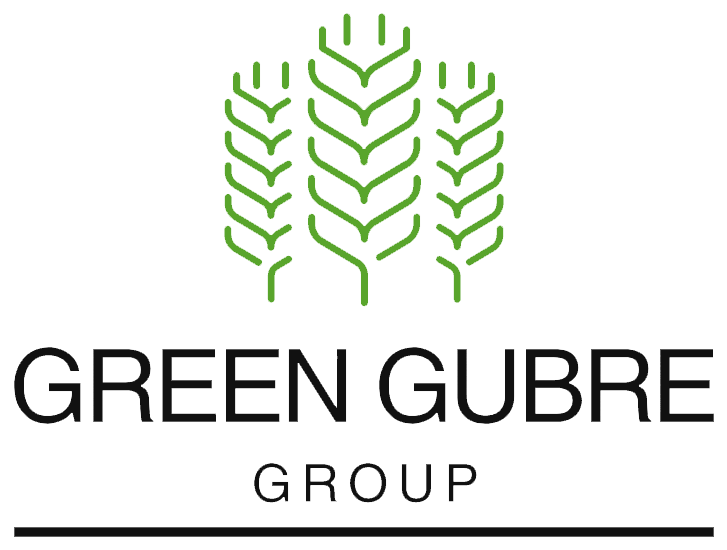Urea vs. Ammonium Sulfate: Choosing the Right Nitrogen Fertilizer in 2025
Urea vs. Ammonium Sulfate:
Choosing the Right Nitrogen Fertilizer in 2025

Nitrogen is a critical macronutrient in agriculture, and choosing the right nitrogen plays a pivotal role in crop yield, soil health, and overall farm profitability. The choice of nitrogen fertilizer, such as urea (46-0-0) and ammonium sulfate (21-0-0-24S), can significantly impact these factors. This blog will delve into the key differences between these two commonly used nitrogen sources, their benefits, challenges, and the best applications in 2025, aiming to guide farmers and agronomists in making informed decisions.
This blog will compare
urea and ammonium sulfate, discussing their benefits, challenges, and best applications in 2025. It aims to empower farmers and agronomists, like you, to make the right choice for your specific agricultural needs.
Urea Fertilizer: The Global Nitrogen Leader
What is Urea?
- Urea is the most widely used nitrogen fertilizer, containing 46% nitrogen (N) as amide. It is highly soluble and quickly converts to ammonium (NH₄⁺) and nitrate (NO₃⁻) in the soil.
Benefits of Urea Fertilizer
- High Nitrogen Content: Urea has the highest nitrogen concentration among solid fertilizers, making it cost-effective per unit of nitrogen.
- Wide Adaptability: Suitable for various crops, including cereals, oilseeds, and vegetables.
- Easy Handling & Storage: Urea is non-corrosive, has a long shelf life, and can be blended with other fertilizers.
- Slow Release of Nitrogen: When coated with inhibitors, urea provides a controlled-release effect, reducing nitrogen losses.
Challenges of Urea Fertilizer
- Risk of Volatilization: If urea is not incorporated into the soil, it can be lost as ammonia gas, leading to nutrient loss.
- Soil Acidity Over Time: Urea can cause temporary pH increases, followed by long-term soil acidification due to nitrate leaching.
- Requires Proper Application: Needs moisture or incorporation into the soil to minimize volatilization losses.
Ammonium Sulfate: A Dual-Action Fertilizer
What is Ammonium Sulfate?
- Ammonium sulfate (AMS) contains 21% nitrogen and 24% sulfur (S). It is a widely used nitrogen source, particularly in sulfur-deficient soils and acidic environments.
Benefits of Ammonium Sulfate
- Improves Soil Sulfur Levels: Sulfur is essential for protein synthesis and chlorophyll production, making AMS ideal for sulfur-deficient soils.
- Low Volatilization Risk: AMS does not easily convert to ammonia gas unlike urea, reducing nitrogen loss.
- Acidifies Alkaline Soils: Ammonium sulfate lowers soil pH, making it ideal for alkaline soils (pH > 7.5).
- Rapid Nitrogen Uptake: Provides quick-acting ammonium nitrogen, benefiting crops with high nitrogen demand.
Challenges of Ammonium Sulfate
- Lower Nitrogen Concentration: AMS contains less nitrogen than urea, requiring higher application rates.
- Acidification in Neutral & Acidic Soils: While AMS benefits alkaline soils, it can cause excessive acidification in low-pH soils.
- Higher Cost Per Unit of Nitrogen: The cost per kilogram of nitrogen is usually higher than that of urea.
Urea vs. Ammonium Sulfate: Key Comparisons
| Factor | Urea (46-0-0) | Ammonium Sulfate (21-0-0-24S) |
|---|---|---|
| Nitrogen Content | 46% N | 21% N |
| Sulfur Content | None | 24% S |
| Volatilization Risk | High (if not incorporated) | Low |
| Soil Acidity Impact | Long-term acidification | Immediate acidification |
| Cost per Nitrogen Unit | Lower | Higher |
| Recommended Soil Type | Neutral to acidic | Alkaline & sulfur-deficient |
| Best for Crops | Cereal, oilseeds, vegetables | Sulfur-demanding crops (corn, canola, legumes) |
Which Fertilizer Should You Use?
Use Urea If:
- You need a cost-effective nitrogen source with a high N concentration.
- Your soil has adequate sulfur levels and requires minimal acidification.
- You can incorporate the fertilizer into the soil to reduce volatilization losses.
Use Ammonium Sulfate If:
- Your soil is alkaline and requires acidification.
- Your crops need additional sulfur for optimal growth.
- You are growing corn, wheat, canola, or legumes, which benefit from sulfur and ammonium nitrogen.
Future Trends in Nitrogen Fertilization (2025 & Beyond)
As agriculture evolves, sustainable fertilization practices will become more crucial. Here are some upcoming trends in nitrogen fertilizer use:
- Slow-Release Urea: Coated or stabilized urea to reduce volatilization and leaching.
- Blended Fertilizers: Urea mixed with ammonium sulfate to balance nitrogen and sulfur needs.
- Enhanced Efficiency Fertilizers (EEF): Use of urease inhibitors and nitrification inhibitors.
- Precision Agriculture: AI and drone-based nitrogen management for optimal fertilizer application.
Conclusion
Both urea and ammonium sulfate are valuable nitrogen sources, but the right choice depends on soil conditions, crop needs, and economic factors. Your expertise in understanding soil pH, sulfur availability, and potential nitrogen losses is crucial when selecting the best fertilizer.
Would you like expert recommendations on
nitrogen fertilizer solutions? Contact
Green Gubre Group for tailored agricultural advice.
References
International Fertilizer Association (IFA): Nitrogen Fertilizer Efficiency
Food and Agriculture Organization (FAO): Soil Management & Fertilizer Use
American Society of Agronomy: Fertilizer Efficiency & Crop Response
Fertilizer Industry Reports: Urea & Ammonium Sulfate Market Trends




